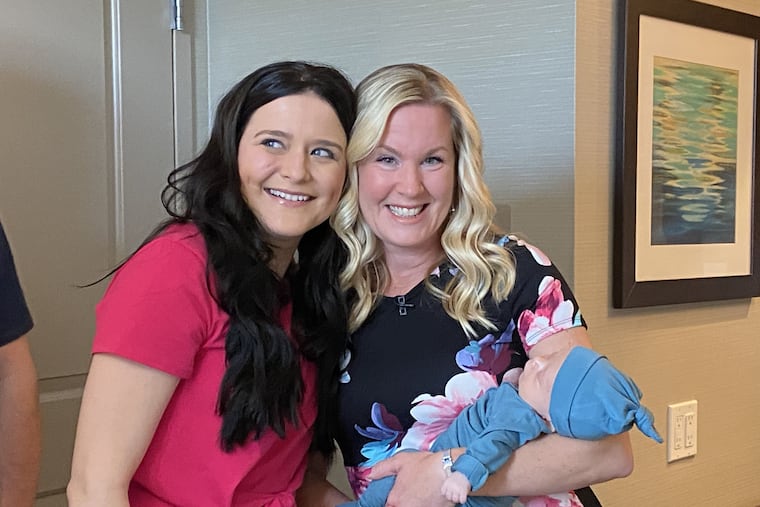Penn Medicine’s first living-donor uterus transplant leads to new life and new friendship
“I went my whole life thinking I wasn’t going to be able to have a baby, or carry a baby, or do those little things like pee on a stick and yell, ‘I’m pregnant!”
